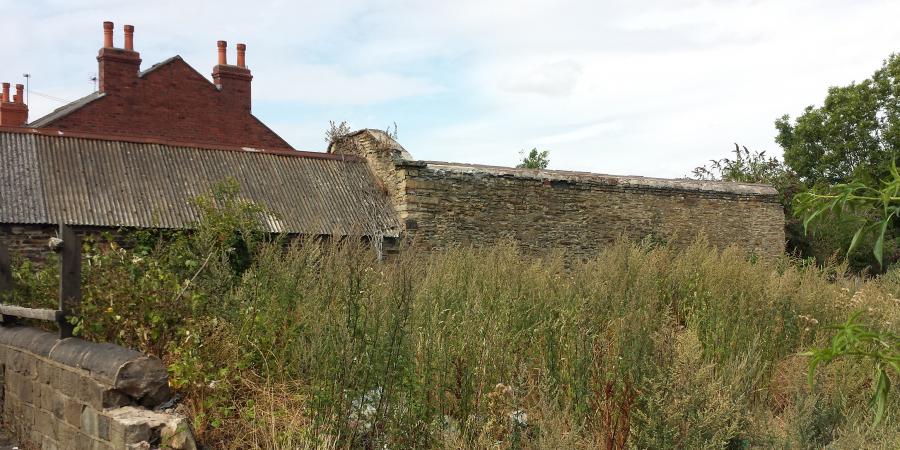Over the course of three Saturdays in July and August, Wessex Archaeology led workshops in collaboration with the Tinsley Time and Travel project through Heeley City Farm. Each workshop was designed to provide a short introduction to a topic followed by focused exercises and practicals. Each week provided a workshop on a new theme. These themes were:
- desk-based assessment;
- survey; and
- the archaeology of historic buildings.
The first workshop was on Saturday 28 July 2018 and was carried out by Andrew Reid from the Sheffield Heritage team. He introduced a group of keen participants to the ‘dark arts’ of desk-based assessment. He gave a short introduction on how, and why, we carry out desk-based assessments and began with a presentation setting out the basics. It covered elements of the planning process, where we gather our data from and how we manage it, what we look for when we make a site visit and the very briefest of introductions to the issues around heritage assets and their setting.
The presentation was interspersed with exercises designed to deal with some of the main skills required to interrogate data collected from local Historic Environment Records (HER) and the National Heritage List for England (NHLE), and how to carry out a map regression exercise. The workshop culminated in an exercise which combined a map regression with some HER and NHLE data to replicate, as close as possible, how a heritage consultant would assimilate, synthesise and analyse the information they have gathered for a site in order to try and establish the potential for archaeological remains to be present.
Jack Fox-Laverick from the Geomatics team led the second workshop on Saturday 4 August 2018, which focused on survey. The group were introduced to archaeological survey, and why we do it, along with the different types of equipment we use, different techniques and survey information fits into the archaeological process. This was then followed by a practical session where the group learnt how to transfer a benchmark and generate levels, record archaeological features using traditional offset survey techniques and were introduced to GPS survey. Jack then demonstrated one of Wessex Archaeology’s newest pieces of surveying equipment, a DJI Inspire 2 UAV, and completed a photogrammetric survey of the graveyard at St Lawrence Church.
The final workshop, on Saturday 11 August 2018, was undertaken by Lucy Marston in our Built Heritage team. Lucy provided an introduction to buildings archaeology, why we do it, different types of structures, survey techniques used in recording structures and creating a record. Some elements of building recording overlap with the desk-based assessment and surveying, giving some members of the group that had attended all three workshops a good position to build on their knowledge from the previous two workshops.
Following the introduction to the subject, the group were given a case study to work on. Information was provided in the form of historic maps, photographs and plans and as existing plans and photographs of a locally recorded building. From these the group had to identify a rough date of construction for the building, its architectural style, its original function and its general development.
The afternoon was then spent heading out and about around Tinsley, looking at its historic buildings and discovering how we could ‘read’ these to help tell their story and that of the development of Tinsley as a whole.
We hope very much that all the participants enjoyed their time learning about a different side of archaeology and found the workshops informative and useful in developing their research, analysis and survey skills.
Thanks are extended to Courtenay Crichton-Turley and Laura Alston at Tinsley Time and Travel for organising the workshops and for all their help on the days.
